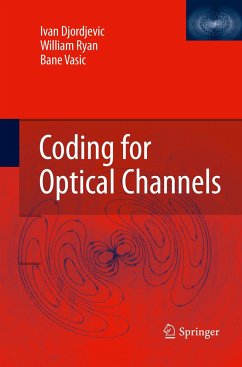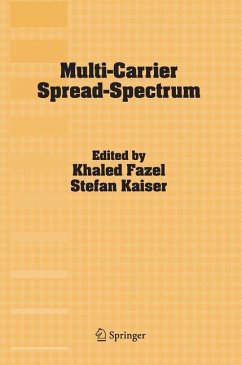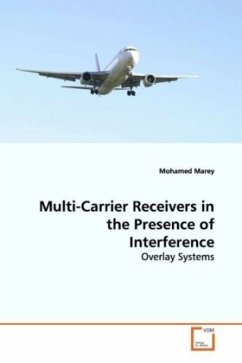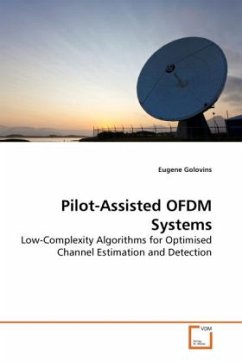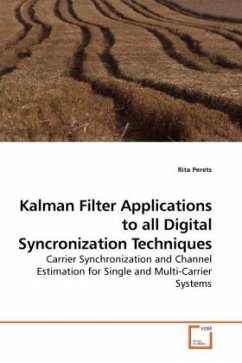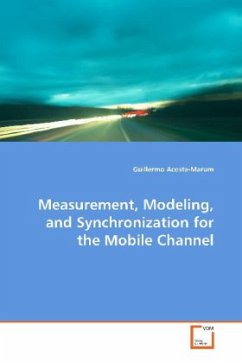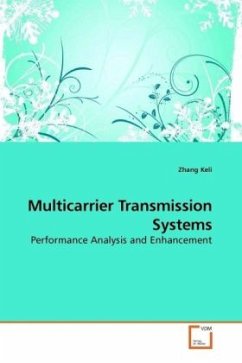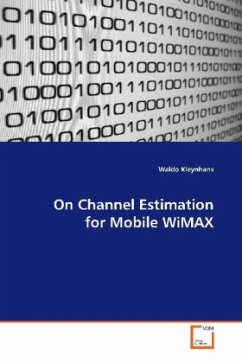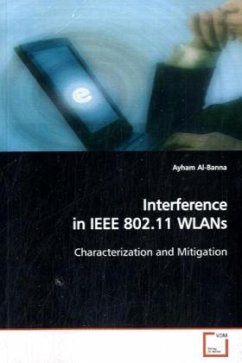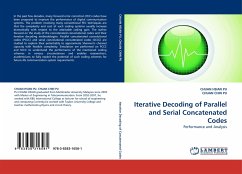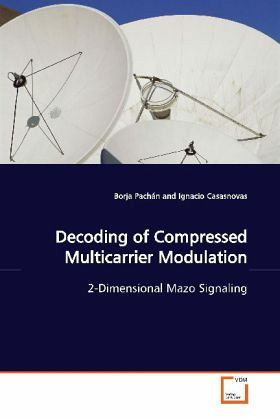
Decoding of Compressed Multicarrier Modulation
2-Dimensional Mazo Signaling
Versandkostenfrei!
Versandfertig in 6-10 Tagen
32,99 €
inkl. MwSt.

PAYBACK Punkte
16 °P sammeln!
In this project we work with time and frequency compressed multicarrier modulation, also known as 2-dimensional Mazo signaling. Instead of a square pulse for the basic pulse, we use a root raised cosine pulse with excess bandwidth 30%. A decoder based on soft successive interference cancellation was proposed for this coded modulation, with results below that desired. In this project we try to improve it, by using a second stage decoder in cascade after the first decoder. We can not use our decoder alone as it make use of the results of the first decoder. This new decoder splits the received si...
In this project we work with time and frequency
compressed multicarrier modulation, also known as 2-
dimensional Mazo signaling. Instead of a square
pulse for the basic pulse, we use a root raised
cosine pulse with excess bandwidth 30%. A decoder
based on soft successive interference cancellation
was proposed for this coded modulation, with results
below that desired. In this project we try to
improve it, by using a second stage decoder in
cascade after the first decoder. We can not use our
decoder alone as it make use of the results of the
first decoder.
This new decoder splits the received signal into
several subsignals, each involving just a few
subchannels. Then it decodes the subsignals by
reduced sequence estimation realised by the M-
algorithm; it combines the different results
obtained in order to find an optimal solution.
The new decoder works very well for Eb/N0 = 10dB; it
obtains a bit error rate of 10 5 for compressions
around 50%. Our improvements are significant, up to
a factor of 50 in decreased bit error rate.
compressed multicarrier modulation, also known as 2-
dimensional Mazo signaling. Instead of a square
pulse for the basic pulse, we use a root raised
cosine pulse with excess bandwidth 30%. A decoder
based on soft successive interference cancellation
was proposed for this coded modulation, with results
below that desired. In this project we try to
improve it, by using a second stage decoder in
cascade after the first decoder. We can not use our
decoder alone as it make use of the results of the
first decoder.
This new decoder splits the received signal into
several subsignals, each involving just a few
subchannels. Then it decodes the subsignals by
reduced sequence estimation realised by the M-
algorithm; it combines the different results
obtained in order to find an optimal solution.
The new decoder works very well for Eb/N0 = 10dB; it
obtains a bit error rate of 10 5 for compressions
around 50%. Our improvements are significant, up to
a factor of 50 in decreased bit error rate.



